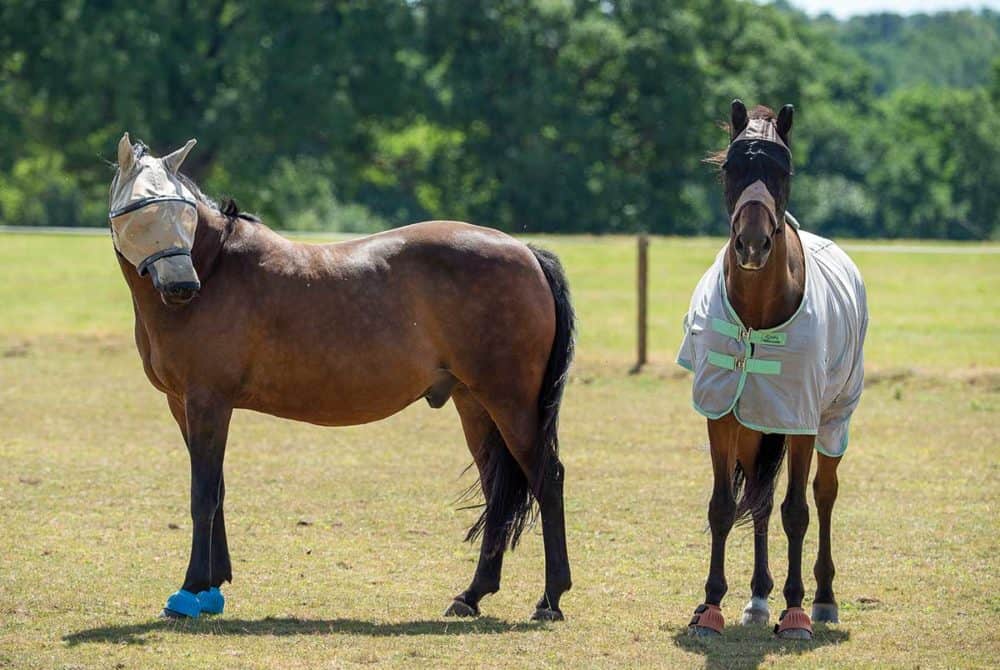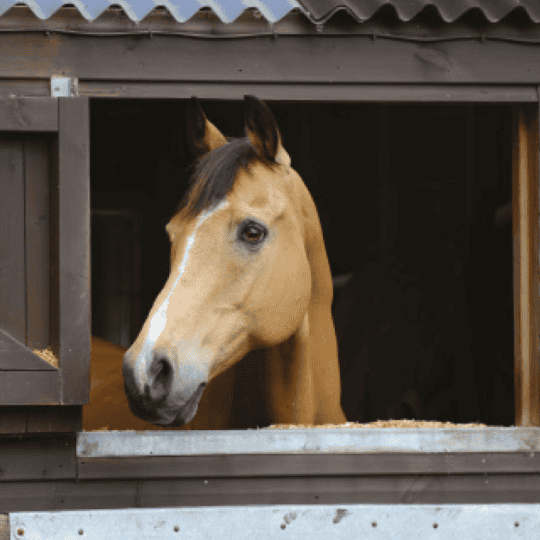Allergies in horses
Posted 19th April 2022
Allergies are fairly common in horses, but they can be tricky to accurately diagnose. Rossdales vet Deidre Carson shares all

The horse’s immune system is normally very effective at responding to threats, such as infections, viruses or bacteria. However, an allergy occurs when the immune system overreacts or exaggerates its response to normally harmless substances. These are known as allergens and they’re everywhere in the horse’s environment. The most common include…
- pollen
- fungal spores (often found in mouldy bedding or straw)
- dust
- insect repellents
- bacteria
- some feed components
- washing liquids and detergents
- medications
- insect bites
There are different forms of allergy, though the most common tend to occur either on the skin’s surface or within your horse’s airways.
Skin allergies
Allergic skin conditions aren’t uncommon in horses. They can normally be split into two types…
Sweet itch
One of the most severe and often distressing skin allergies is sweet itch, which is an overreaction to the saliva of biting Culicoides midges. Signs include itching of the mane and tail, hair loss, skin thickening and crusting. This allergic response triggers intense pruritis causing the horse to rub madly, breaking the hair and damaging the skin. Over time, lesions and scabs can appear on the skin, eventually leading to skin thickening.
Urticaria
Allergic skin reactions commonly present as bumps or localised swellings (urticaria) over the body. These may be triggered by direct contact with or ingestion of an allergen, but it can be difficult, if not impossible, to determine the exact cause. This can be frustrating for owners because it makes prevention incredibly difficult.
Pick up a copy of May Horse&Rider, on sale 21 April 2022, for a closer look at equine allergies.











